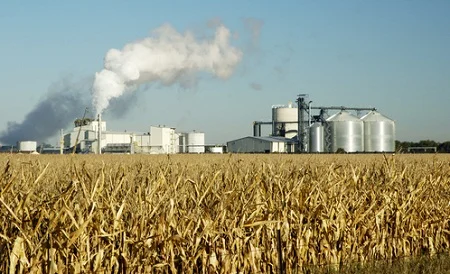The amount of biodiesel and biofuels in the US transportation fuel mix will increase again in 2012.
However, the amount of cellulosic biofuels made from wood, grasses and other non-edible plants will once again fall short of original projections. The U.S. Environmental Protection Agency (EPA) has announced new renewable fuel standards for biomass-based diesel, advanced biofuels, cellulosic biofuels and total renewable fuels for 2012.

Under the Energy Independence and Security Act of 2007 (EISA), the EPA is requiring fuel refiners and importers to blend 1.25 billion gallons more renewable fuels in 2012 than they did in 2011.
This equates to: 1.0 billion gallons of biomass-based diesel (0.91 percent of total US refined fuel products), 2.0 billion gallons of advanced biofuels (1.21 percent), 8.65 million gallons of cellulosic biofuels (0.006 percent), and a total of 15.2 billion gallons of renewable fuels (9.23 percent).
All of the 2012 standards are in line with the EPA’s original projections [PDF], except for the standard for cellulosic biofuels. While the EPA has increased the mandate for cellulosic biofuels by 2.65 million gallons over the 2011 mandate, the 8.65 million gallon target falls dramatically far short of the 500 million gallons originally planned for 2012.
The annual standard for cellulosic biofuels is based on Energy Information Administration (EIA) projections and the industry’s own assessments of its production capability. Experts have cautioned that a lack of commercial biorefineries will mean producers will fail to meet the long-term mandate of producing 16 billion gallons of cellulosic biofuels by 2022.
The Obama administration has tried to give the sector a bit of boost in the past year, approving loan guarantees for the construction of two new cellulosic ethanol plants, one in Kansas and another in Iowa.
The Renewable Fuel Standard program (RFS2) was established by the Energy Independence and Security Act of 2007 to encourage innovation, strengthen American energy security and decrease greenhouse gas emissions in the transportation sector.
In 2009, the EPA published increasing annual targets for specific renewable fuels, leading up to the long-term target of producing 36 billion gallons in 2022. The actual annual targets are determined on a yearly basis, based on gasoline and diesel projections from the EIA.






